How to Throw a Throwing Knife Like a Boss
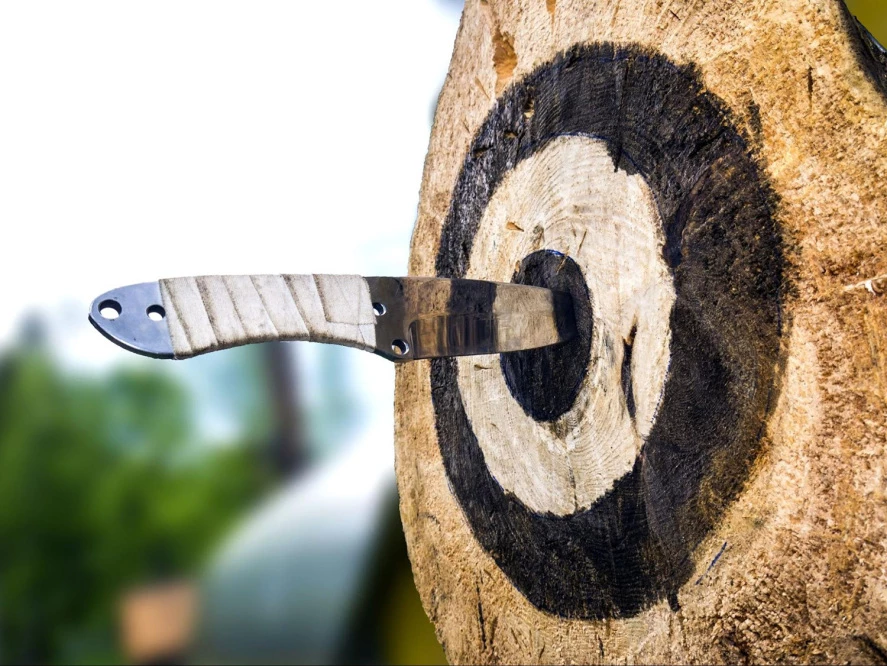
Contents
Safety First
Before you start, read these safety rules carefully. Careless handling of a sharp blade can cause fatal damage.
- Never aim at people, animals or objects you don’t want to damage.
- Beginners should learn knife throwing under instruction of someone experienced.
- Be careful not to cut yourself with a sharp blade.
- Do not throw kitchen knives and folding knives, you will dull and damage them. Use only knives that are meant for throwing.
- Make sure that no persons or animals are near your throwing target.
- Throw your knives outdoors so as not to damage your furniture and walls.
- Your target should be made of a soft material that will not damage the blade of the knife and, at the same time, hold it well.
Throwing Knives Improves Concentration
If you have trouble concentrating, knife throwing can be ideal for you. Throwing a knife requires a high level of concentration. Focus on your breathing and concentrate only on the target. Block out every other thought that distracts you, fresh air will help you clear your head. Moreover, knife throwing also improves your posture and strengthens the body.
How to Choose a Throwing Knife
First and foremost, the blade should be made of robust steel that won't break upon impact - carbon, stainless or spring steel.
A good indicator of hardness is the Rockwell Hardness Scale. Throwing knives should be 45-50 HRC. In general, the best quality throwing knives are made up of a single piece of steel.
You should check the balance of the knife as well. A good throwing knife should have the center of gravity in the middle, which allows for optimal rotation as the knife flies through the air. If you are not comfortable with its balance, you can add special balancing screws to the knife. If you need advice, do not hesitate to contact us.
How to Hold the Knife
Hold the knife by the handle or by the blade. If you choose to hold the blade, be careful not to cut your hand. This way of holding is particular dangerous if you have a double-bladed throwing knife.
How to hold the knife:
- by the handle with your thumb placed over the edge of the handle - this gives you excellent control of the knife,
- by the handle just like you would hold a hammer (“Hammer grip”) - which is particularly suitable for heavier knives,
- by the handle with the index finger on the edge - good for throwing at shorter distances,
- by the blade with your thumb along the blade - for better control over the rotation,
- by the blade resting deep in your palm - for throwing smaller knives
- by the blade with your thumb placed over the edge of the blade - for excellent control over the knife,
- by the blade with the index finger on the edge - good for throwing at shorter distances.
Things You Should Know Before You Start…
Several factors influence the how well the knife flies through the air and how it hits the target. First of all, try different types of grips (pinch grip, hammer grip...) and find out which grip suits you best. It will also take some time before you figure out the ideal distance of the target. Some knife throws require one full rotation, while others require one and a half.
In general, if you are holding the knife by the blade, it will need at least one and a half rotation to land in the target. If you hold the knife by the handle, one rotation will be enough.
Higher or Lower Arch of the Trajectory
Higher Arch
The slower the knife travels, the higher arch of the trajectory it will need. Always start by assuming the proper stance. Raise your dominant arm with the knife and bend at the elbow to raise the knife alongside your head. Be careful not to place the knife too close to your ear so as not to injure yourself. Swing the knife forward by straightening your arm out in front of you. This is the point at which you should release the knife.
Keep your wrist tight and steady until you release the knife, so that you avoid unwanted rotation. If the knife hits the target with the handle pointing upward, the knife has done more rotation than it should have. That means you should move a bit closer to your target. If the handle is pointing downwards, it has not finished the needed rotation, in which case move further away from the target. If the knife is thrown correctly, it completes its rotation with the end pointing perpendicular to the target.
Lower Arch
You can also throw the knife at a lower trajectory and at higher speed. Start with your arm stretched down alongside your body. Again, remember to keep your wrist tight and stable. Swing your arm forward and release the knife once it is in line with the target. This throwing technique is not as accurate because it is harder to aim.
Beginners' Mistakes
Beginners often throw with great force but wrong technique. There is no need to use excessive force. As you get more and more experience, you will see that throwing can be done with lightness and grace.
When throwing a knife, you have to concentrate on several things at once. If you can't get it right, don't try to change everything immediately. Do it step by step. Start by adjusting the distance from the target and keep moving closer or further away from it until the knife hits the target in the right way. Once the distance is right, start focusing on your grip. Once you know the right grip, practice the throwing technique.
Get a suitable target or make your own out of wood. Suitable wood materials include linden, pine, spruce, larch or birch.

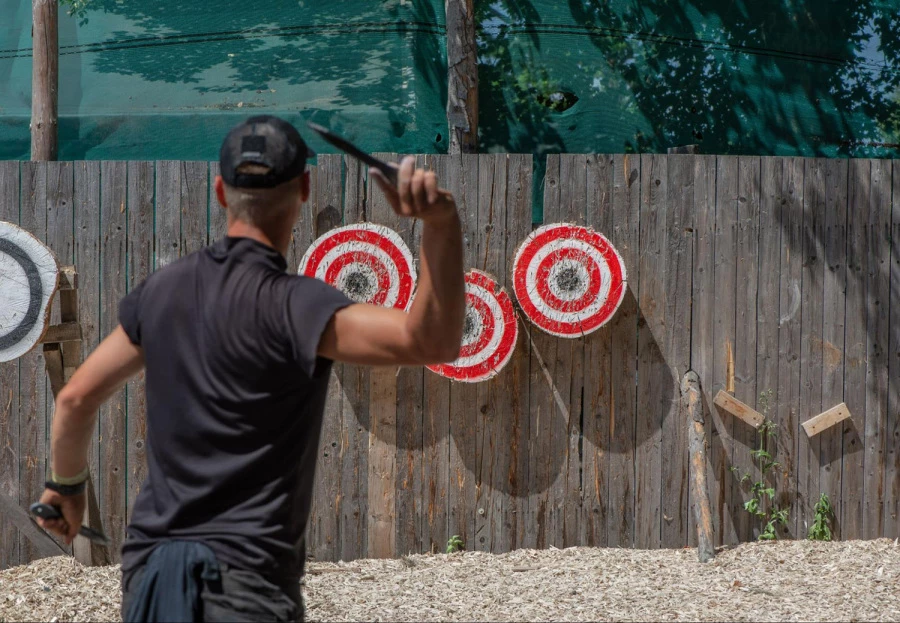
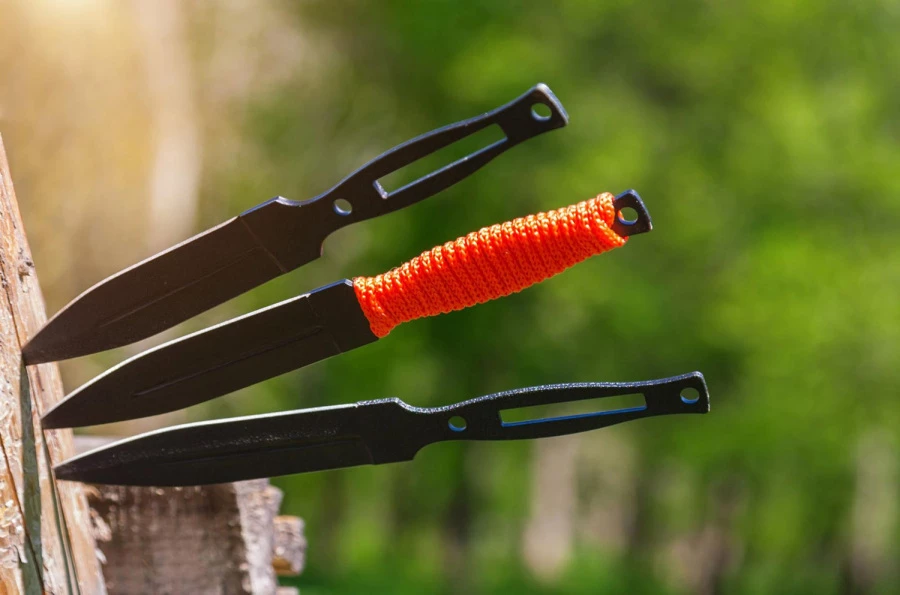
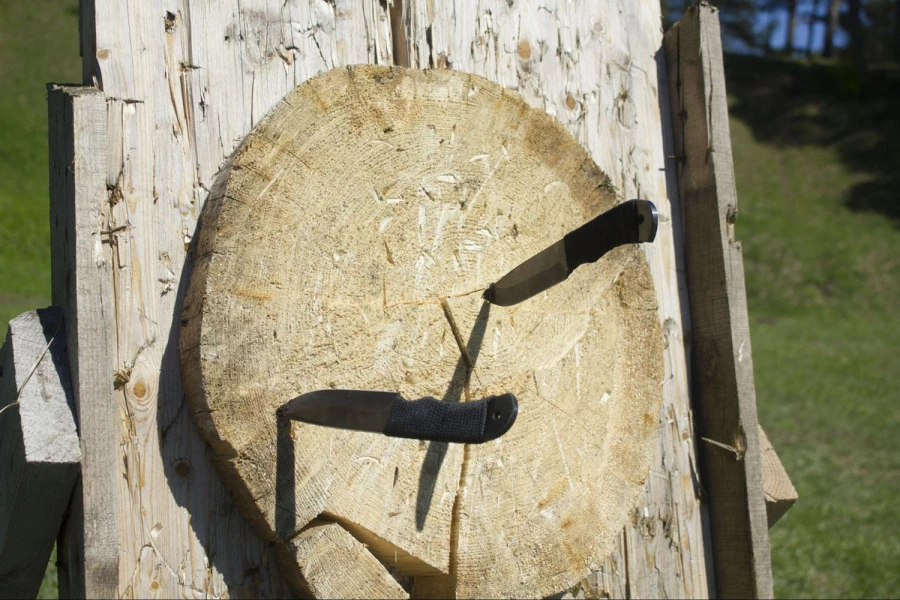
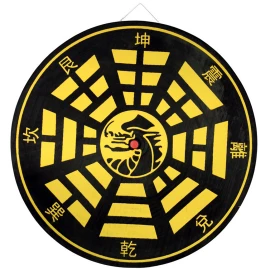
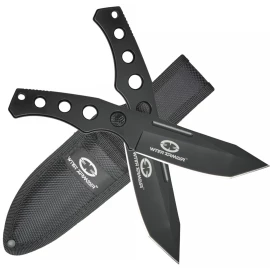
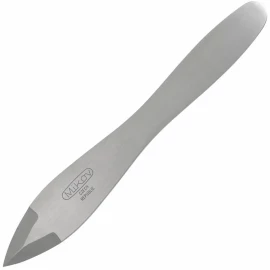
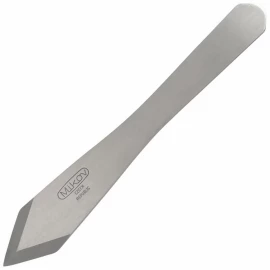
Comments